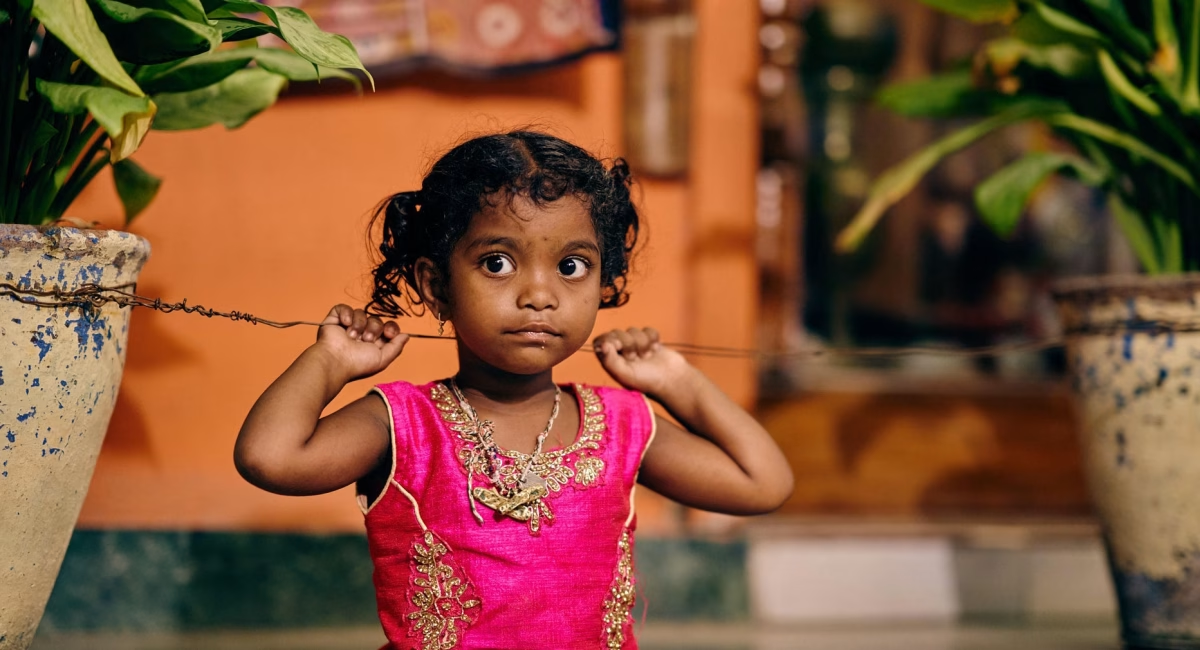What you should know before travelling to India
India, home to the iconic Taj Mahal and the birthplace of yoga, offers rich cultural experiences. However, planning for your Globe Aware volunteer vacation requires careful consideration to ensure a smooth and enjoyable journey.
What you should know before travelling to India
By Polya Pencheva
April 4 2025
Travel Tomorrow
Home to the iconic Taj Mahal, India is a land of rich sensory experiences, abundant culture, and diversity. Beyond the Taj Mahal, India is also the birthplace of yoga, drawing practitioners from around the world to locations such as Rishikesh and Kerela. These destinations offer travellers opportunities to immerse themselves in meditation, wellness retreats, and mindfulness while being surrounded by the beauty of the Himalayas and the Ganges River.
But planning a trip involves considering several important topics to ensure a smooth and pleasant experience without problems and hurdles.
Visa application
The process of obtaining a Visa is quite easy and straightforwards. Various types of visas are available, but for short-term stays of up to 90 or 180 days, the e-Visa is the most convenient option. It is available not only for tourism, but also for business and medical purposes. Anyone can apply online via India’s official e-Visa portal by filling out the form and uploading the required documents. After paying the fee, processing takes approximately 3 to 5 business days. Once approved, the e-Visa is sent via email. Upon arrival in India, travellers must present their e-Visa at Immigration.
Water drinking
Tap water in India is not safe for drinking or brushing teeth, as it can lead to stomach issues, one of the most common problems tourists face. The primary concern is the presence of harmful microorganisms and pollutants, which are the result of inadequate water treatment and pollution. To avoid illness, it is highly advisable to drink only bottled water and to make sure that the seal is intact before drinking. Recommended bottled water brands include e Aquarfina, Bisleri, Kinley. and Himalayan. Alternatively, purification methods such as boiling or filtration can improve water quality significantly.
Prices and payments
While prices in India are relatively low – 1 Indian Rupee (INR) is equal to 0,011 euro (EUR) – European travellers may often face challenges with payments. It is advisable to always carry some local currency for immediate expenses upon arrival or for being able to purchase goods of personal choice such as street food, drinks, or good at local stalls. While India offers good values for money, some stores do not accept debit cards. What’s more, many payment systems require a local phone number. This makes transactions even more difficult if you don’t have one. For example, ordering food online can be a challenge without a Indian SIM. Common local payment methods include Google Pay and Amazon Pay, and UPI (Unified Payments Interface), which integrates multiple bank accounts into one mobile app. Major banks supporting UPI include State Bank of India, Axis Bank, Kotak Mahindra Bank and more.
Mosquitos
Mosquito bites are nuisance, causing unnecessary trouble and hassle. However, depending on when and where you go in India, it is important to be cautious as they can carry malaria. This is the case for regions in the East and Northeast regions of the country as well as the city of Mangaluru. Additionally, transmission is the highest during and after the monsoon season from June to November when mosquitos breed in water. To minimize the risk, visitors should use repellent or wear long sleeves and trousers. Another thing that could be helpful is scheduling a visit with your local GP and exploring opportunities such as taking medication or getting a vaccine.
Food and spices
India has a high vegetarian culture, known for its spicy and flavourful nature. If you have low tolerance for spicy food, it is highly advisable to request for “less spicy” or “mild” dishes. When choosing where to eat, visitor should look into well-reviewed restaurants and be careful when trying street food. Additionally, while non-vegetarian options are available, beef is rare because cows are sacred in Hinduism. For anyone visiting the country for the first time, gulab jamun is a dessert that is a must. It is a deep-fried, spongy dumpling soaked in sugar syrup.
Etiquette
Respecting customs is extremely important, especially for the local community. When visiting temples, both men and women should dress up modestly, covering their legs and shoulders. Upon entering temples, shoes have to be removed. Large temples provide shoe storage areas near their entrance. Moreover, public display of affection such as kissing, hugging, and holding hands at sacred places may be seen as a sign of disrespect. Tourists should also be mindful of taking pictures as many temples prohibit photography inside. Even though western attire is often accepted in bigger cities, being dressed more conservatively is always appreciated.


0 Comments